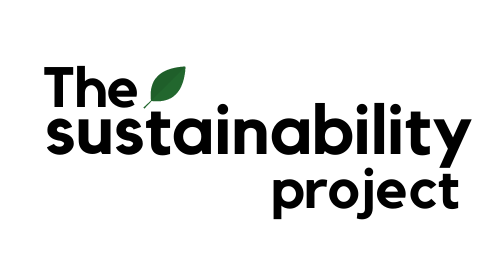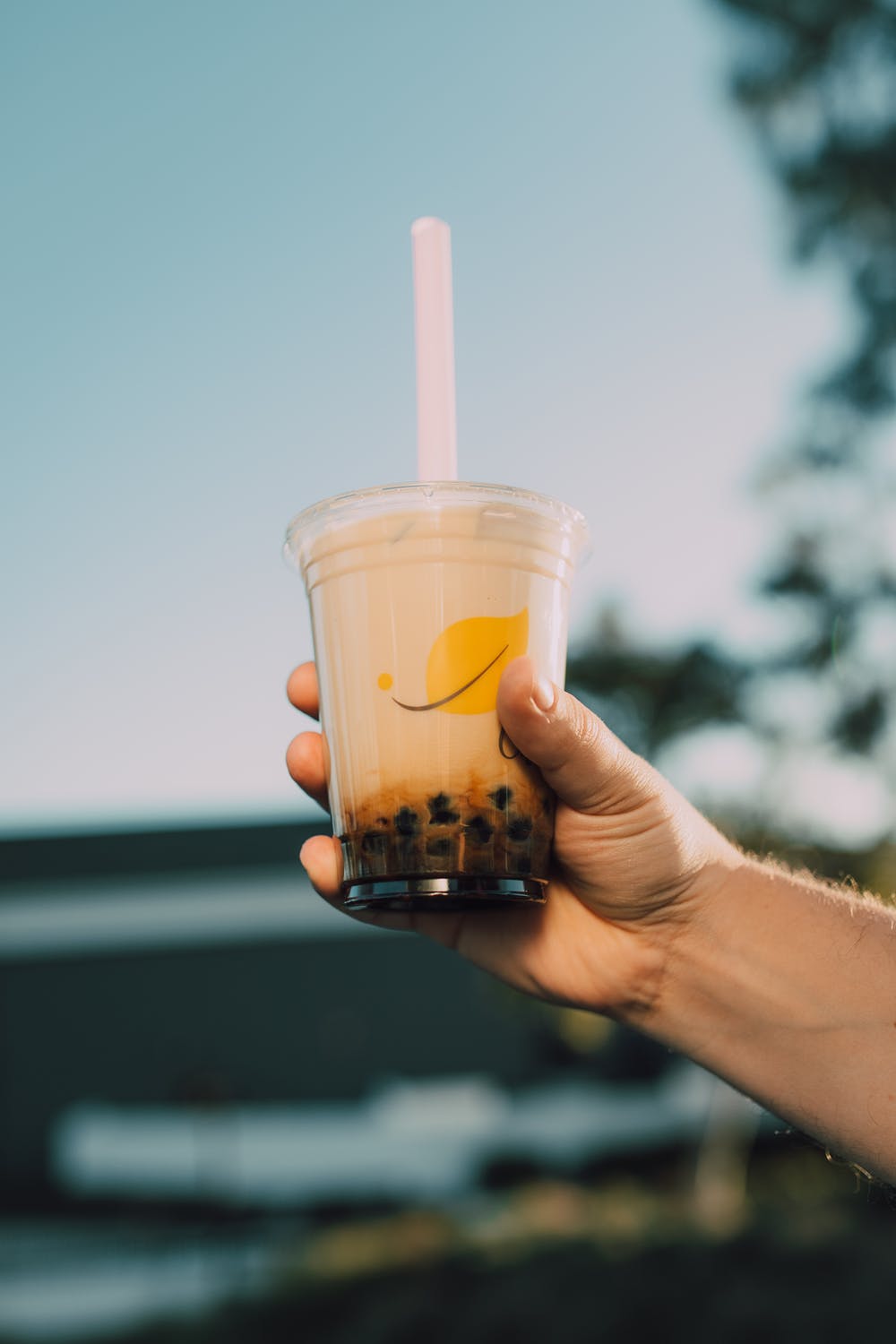Bubble Tea – A term that is no stranger to the Asian market, and even the European or other international markets. Did you know?
In Singapore, oh boy, do we love our bubble tea, a fact that we aren’t even going to justify. It is so widely loved that it prompted Sembawang MP Poh Li San to propose the reduction of bubble tea outlets, citing health concerns.
For today, we aren’t going to go into the health aspect of bubble tea, but of course, the environment aspect of it in terms of the 4 ingredients in your bubble tea!
The last thing on your mind while enjoying that sweet Asian delight is probably – Is my favourite bubble tea sustainable? Is the money that I’m spending going towards environmentally friendly ingredients for my bubble tea? And if not, how can we opt for more sustainable options without ruining the whole amazing and heavenly experience of drinking our favourite bubble tea?
What is in my bubble tea?
First of all, a base tea is the most crucial ingredient of bubble tea. Common base teas include black tea, green tea, and oolong tea.
Then, sugar, milk or fruit flavours are added into the tea, along with sugar.
Finally, the chewy bubbles are added into the drink. You can always opt for more add-ins, like aloe vera and chia seeds.
But for today, let’s break it down to the main ingredients of the common bubble tea:
- Tea
- Bubbles
- Milk or fruit flavours
- Sweetening substances
Is the tea from a sustainable source?
There are several main concerns that may come across your mind when you wonder if the tea is sustainably sourced. Does the harvesting of tea leaves harm the environment? Are there any pesticides used?
When growing tea leaves, farmers require 30 litres of water for irrigation, as compared to 10 litres of water for a small dash of milk and 6 litres for a teaspoon of sugar. In addition, farmers often use pesticides to counter against insects and diseases that can affect the tea plantation.
The pesticide is then absorbed and stored by the plant. However, you do not need to worry as Singapore ensures that the allowable level of pesticides for imported tea are safe for our consumption and health. It is worthwhile to note that Sri Lanka and Kenya utilise lower levels of pesticides than other tea-manufacturing countries.
How about milk?
Usually, condensed, fresh or evaporated daily milk or non-dairy creamer goes into the tea.
Dairy milk options are non-vegan, and their production is not environmentally sustainable. The average cow produces 250 to 500 litres of methane in a day, and methane traps heat 80 times more than carbon dioxide over the first 20 years after reaching the atmosphere!
Unfortunately, the non-dairy creamer contains trans fat in the form of hydrogenated palm oil which scientific research has proven to increase the risk of heart disease and stroke.
Pro tip: Some healthier options include opting for fruity flavours or lowering the milk content by going for hybrid fruit and milk tea flavours. You can have greater freedom in customizing your flavours if the bubble tea store allows you to do so.
Or you could select vegan milk choices instead! Coconut milk, soy milk and oat milk are great substitutes for dairy milk.
The best choice is soy milk as it is creamy, much like the texture of creamers and dairy milk. You can check out this local homegrown nomvnom store at Woodlands, which uses vegan milk!
In a nutshell, overall carbon footprint of a cup of tea:
Milk accounts for two-third of the carbon footprint of a cup of tea.
Tip: to reduce carbon emissions, you might want to switch to green tea as your base instead with no milk added.
The sweeter the better!
Sugar is produced from sugarcane, which is one of the world’s thirstiest crops! Its growth requires high levels of water consumption.
Farmers have to use 7,000 to 45,000 litres of water per hectare of sugarcane crop grown! Moreover, wholesale conversion of habitat on tropical areas such as Southeast Asia’s Mekong River Delta and Central America’s Mesoamerican Reef has led to a drastic loss of biodiversity.
Next, modern sugar mills require 115 – 120 kWh/time of electricity usage to produce sugar from one harvested sugarcane.
And don’t forget about the amount of sugar present in the syrups and toppings in a cup of bubble tea!
Do you know that a medium-sized 500 ml bubble milk tea with pearls and the full amount of sugar has 8 teaspoons of sugar, while the larger cup of 700 ml would contain 11 teaspoons of sugar? This means that you would have hit our local daily recommended sugar intake of 8 to 11 teaspoons of sugar with just one cup of bubble milk tea!
Pro tip: Ask for lower levels of sugar, this can save your health and our environment too!
Keeping the best to the last: Boba pearls!
Thankfully, tapioca starch which is used to make the bubble pearls are sustainably grown. There has been no known significant damage to air, water and forest when tapioca starch is being produced. However, some sugar is added to the bubble pearls to make these sweeter.
At the end of the day, don’t get us wrong, we are not discouraging you to drink bubble tea.
We are trying to share how simple switches in your daily life can affect the environment and how you can play your part in making more conscious choices!
Every action we take has an impact and it is all about having balance and making choices to do what you believe is better for Mother Earth! 😊
And don’t forget to bring along your reusable bubble tea cup, straw and cup holder for your next bubble tea recharge!






